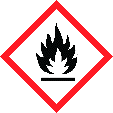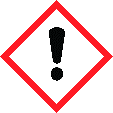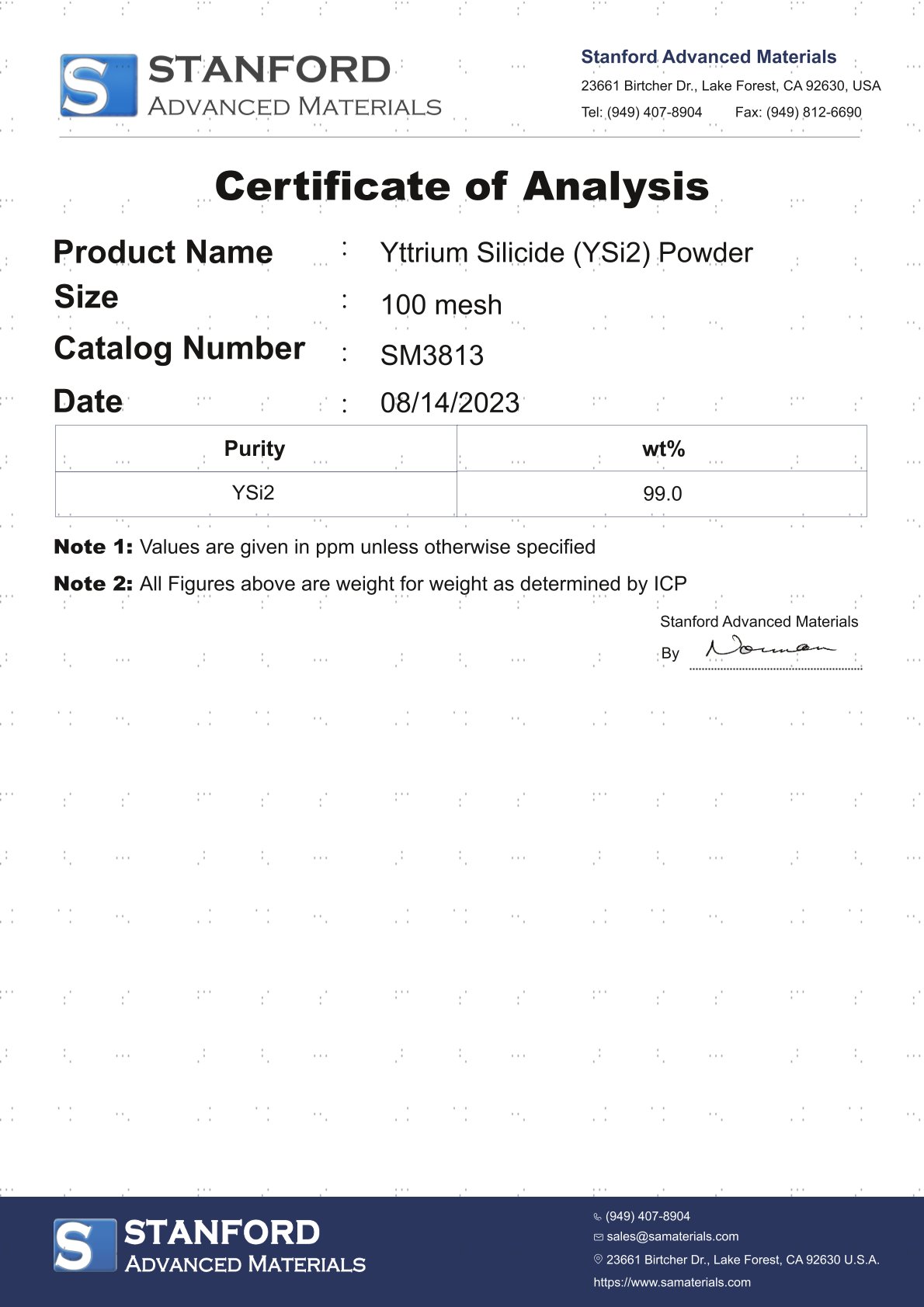SECTION 1. IDENTIFICATION
Product Name: Yttrium Silicide
CAS #: 12067-55-9
Relevant identified uses of the substance: Scientific research and development
Supplier details:
Stanford Advanced Materials
E-mail: sales@samaterials.com
Tel: (949) 407-8904
Address: 23661 Birtcher Dr., Lake Forest, CA 92630 U.S.A.
SECTION 2. HAZARDS IDENTIFICATION
Hazard Statements:
H228: Flammable solid
H315 Causes skin irritation
H319 Causes serious eye irritation
H335: May cause respiratory irritation
Precautionary Statements:
P210: Keep away from heat/sparks/open flames/hot surfaces – No smoking
P261 Avoid breathing dust/fume/vapor
P280: Wear protective gloves/protective clothing/eye protection/face protection
P305+P351+P338: IF IN EYES: Rinse cautiously with water for several minutes. Remove contact
lenses if present and easy to do – continue rinsing
P405: Store locked up
P501: Dispose of contents/container in accordance with local/regional/national/international
regulations
HMIS Health Ratings (0-4):Health: 1 (Powder), 0 (Bulk)
Flammability: 2 (Powder), 0 (Bulk)
Physical: 2 (Powder), 0 (Bulk)
SECTION 3. COMPOSITION/INFORMATION ON INGREDIENTS
Chemical Family: Ceramic
Additional Names: None
Yttrium silicide (YSi2):
Percentage: 100 wt%
CAS #: 12067-55-9
EC #: 235-080-8
SECTION 4. FIRST AID MEASURES
General Treatment: Seek medical attention if symptoms persist.
Special Treatment: None
Important Symptoms: None
Inhalation: Remove victim to fresh air. Supply oxygen if breathing is difficult.
Ingestion: Seek medical attention.
Skin: Wash affected area with mild soap and water. Remove any contaminated clothing.
Eyes: Flush eyes with water, blinking often for several minutes. Remove contact lenses if present and
easy to do. Continue rinsing
SECTION 5. FIREFIGHTING MEASURES
Flammability: Non-flammable, except as powder
Extinguishing Media: Do not use water for metal fires – use CO2, sand, extinguishing powder.
Spec. Fire Fighting Procedure: Use full-face, self-contained breathing apparatus with full protective
clothing to prevent contact with skin and eyes. See section 10 for decomposition products.
SECTION 6. ACCIDENTAL RELEASE MEASURES
If Material Is Released/Spilled: Wear appropriate respiratory and protective equipment specified in
special protection information. Isolate spill area and provide ventilation. Vacuum up spill using a high
efficiency particulate absolute (HEPA) air filter and place in a closed container for disposal.
Take care not to raise dust.
Environmental Precautions: Isolate runoff to prevent environmental pollution.
SECTION 7. HANDLING AND STORAGE
Handling Conditions: Handle under dry protective gas. Wash thoroughly after handling.Storage Conditions: Store in a cool dry place in a tightly sealed container. Store under dry inert gas.
Store apart from materials and conditions listed in section 10.
Work/Hygienic Maintenance: Do not use tobacco or food in work area. Wash thoroughly before
eating and smoking. Do not blow dust off clothing or skin with compressed air.
Ventilation: Provide sufficient ventilation to maintain concentration at or below threshold limit.
SECTION 8. EXPOSURE CONTROLS/PERSONAL PROTECTION
Permissible Exposure Limits: 1 mg/m3 as Y, long-term value
Threshold Limit Value: 1 mg/m3 as Y, long-term value
Special Equipment: None
Respiratory Protection: Use a respirator with type N95 (USA) or PE (EN 143) cartridges as a backup
to engineering controls. Risk assessment should be performed to determine if purifying respirators are
appropriate. Only use equipment tested and approved under appropriate government standards.
Protective Gloves: Nitrile rubber, NBR 0.11mm thick.
Eye Protection: Safety glasses or goggles
Body Protection: Protective work clothing. Wear close-toed shoes and long sleeves/pants.
SECTION 9. PHYSICAL AND CHEMICAL PROPERTIES
Color Grey
Form: Powder, Granules, Pellets, Sputtering target, Custom parts
Odor: Odorless
Water Solubility: Insoluble
Boiling Point: N/A
Melting Point: 1760 °C
Flash Point: N/A
Autoignition Temperature: N/A
Density: 4.39 g/cc
Molecular weight: 145.08 g/mol
SECTION 10. STABILITY AND REACTIVITY
Stability: Stable under recommended storage conditions
Reacts With: Halogens, Interhalogens, Oxidizing agents
Incompatible Conditions: Air, Water/moisture
Hazardous Decomposition Products: Metal oxide fume
SECTION 11. TOXICOLOGICAL INFORMATION
Potential Health EffectsEyes: May cause irritation
Skin: May cause irritation
Ingestion: May cause irritation
Inhalation: May cause irritation
Chronic: N/A
Signs & Symptoms: N/A
Aggravated Medical Conditions: N/A
Median Lethal Dose: 3160 mg/kg for rat by mouth
Carcinogen: N/A
SECTION 12. ECOLOGICAL INFORMATION
Aquatic Toxicity: Low
Persistent Bioaccumulation Toxicity: No
Very Persistent, Very Bioaccumulative: No
Notes: N/A
SECTION 13. DISPOSAL CONSIDERATIONS
Dispose of in accordance with local, state, national, and international regulations.
SECTION 14. TRANSPORT INFORMATION
Hazardous: Hazardous as powder only.
Hazard Class: 4.1 Flammable solids, self-reactive substances and solid desensitized explosives
Packing Group: II
UN Number: UN3178
Proper Shipping Name: Flammable solid, inorganic, n.o.s. (Yttrium silicide)
SECTION 15. REGULATORY INFORMATION
Sec 302 Extremely Hazardous: No
Sec 304 Reportable Quantities: N/A
Sec 313 Toxic Chemicals: No
SECTION 16. OTHER INFORMATION
Safety Data Sheet according to Regulation (EC) No. 1907/2006 (REACH). The above information is
believed to be correct but does not purport to be all inclusive and shall be used only as a guide. The
information in this document is based on the present state of our knowledge and is applicable to the
product with regard to appropriate safety precautions. It does not represent any guarantee of the
properties of the product.
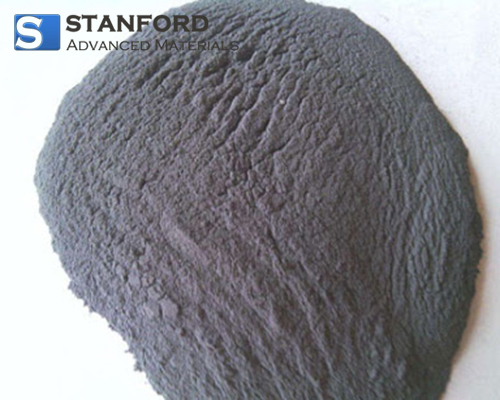
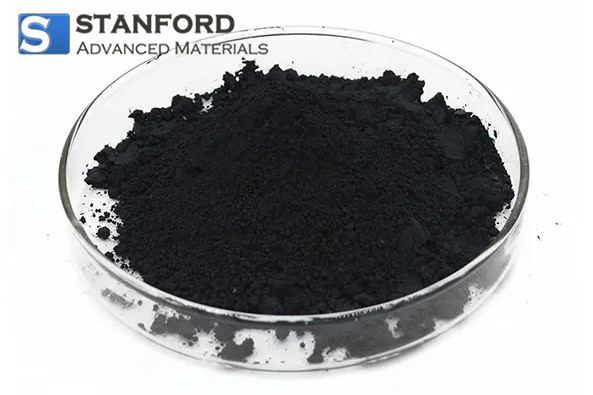
.jpg)
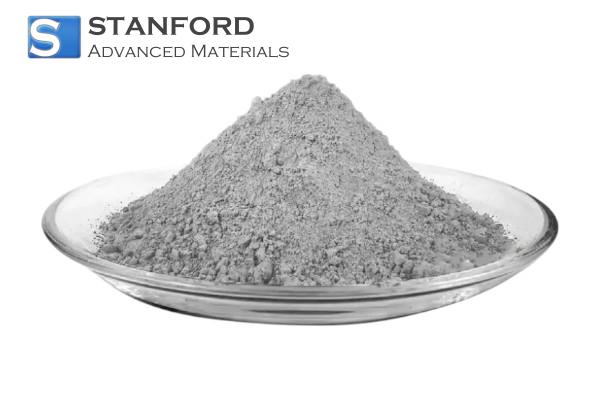
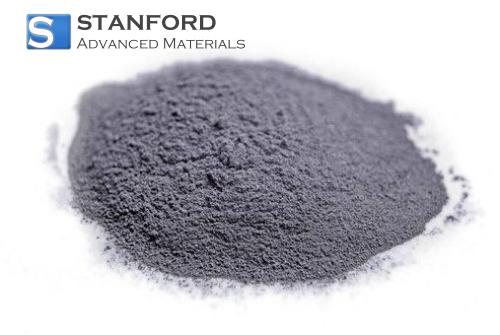
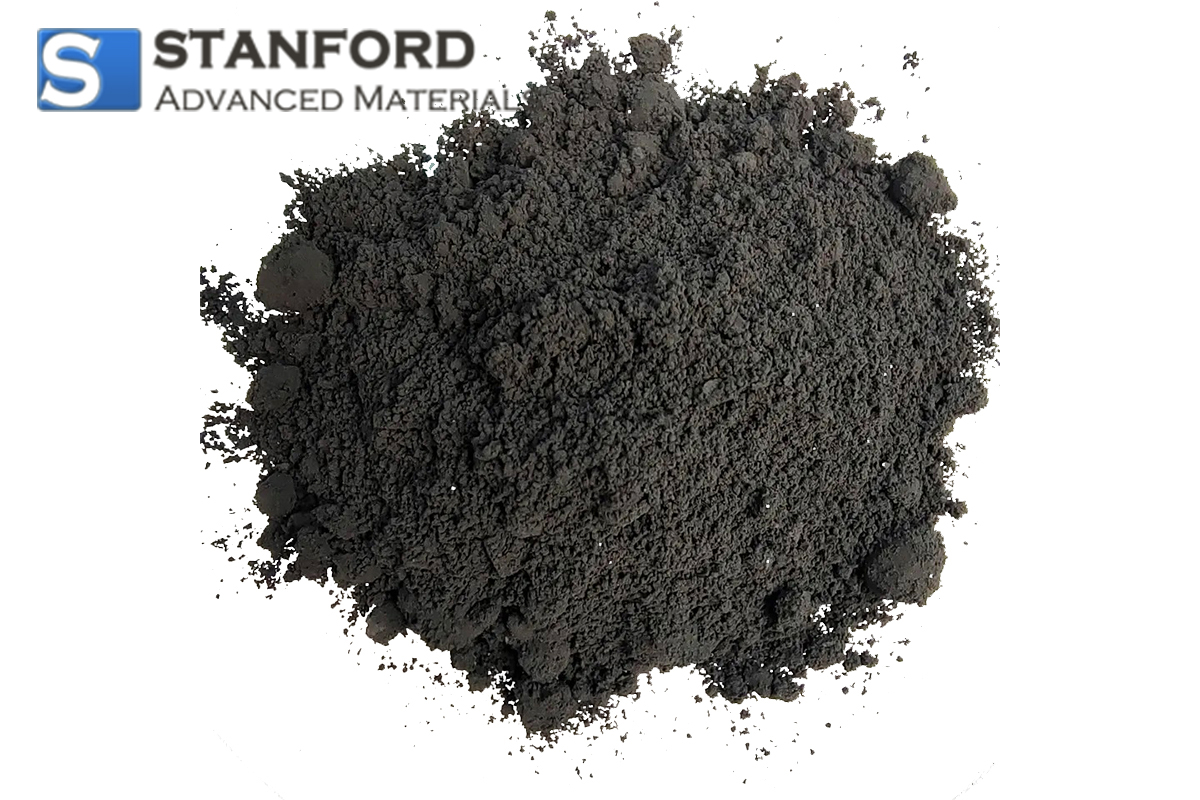

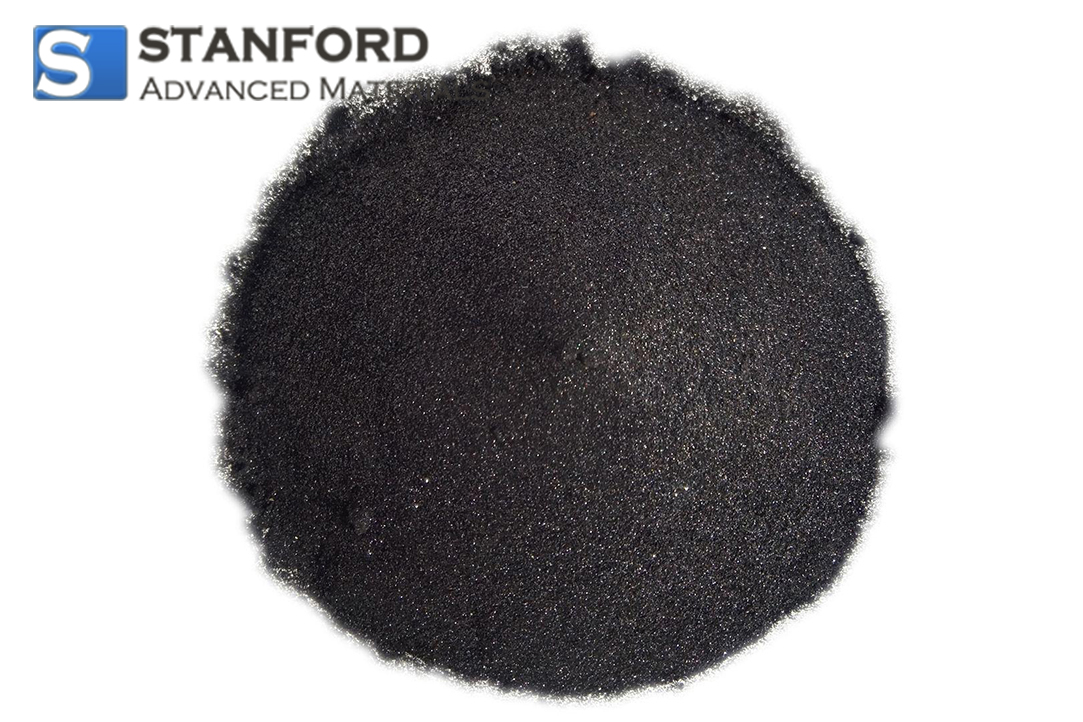

 Powder.jpg)
